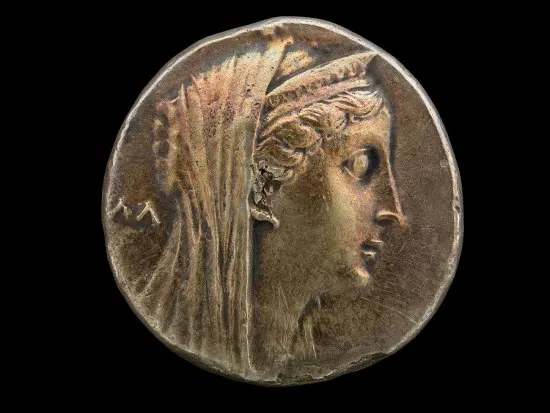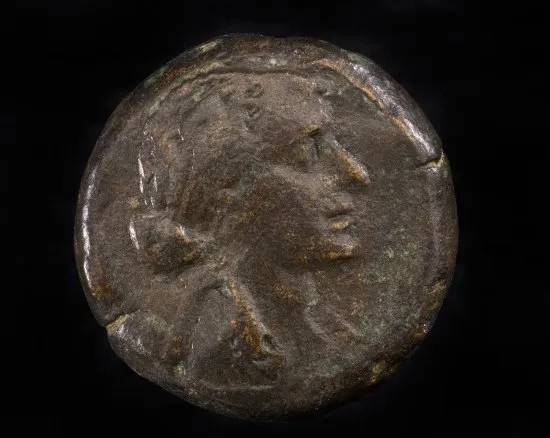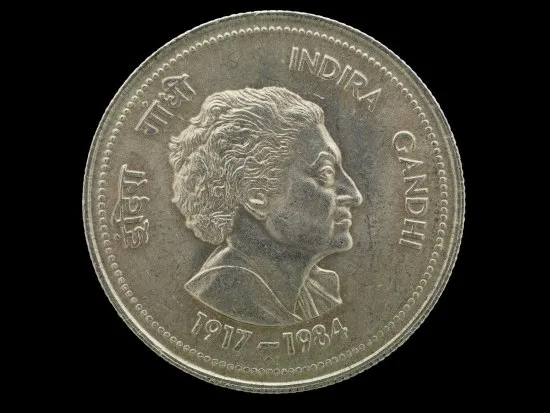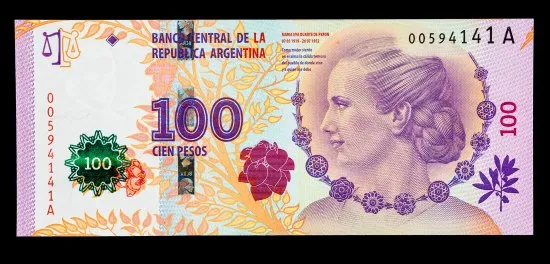It’s Official: Harriet Tubman Will Grace the $20 Bill
The famed Underground Railroad Conductor will appear on the front of the $20 bill, among other changes to U.S. currency
:focal(964x380:965x381)/https://tf-cmsv2-smithsonianmag-media.s3.amazonaws.com/filer/39/f3/39f3e42e-07bf-4b7e-9026-22159c5b0772/harriet_tubman.jpg)
Former president Andrew Jackson is being booted off the front of the $20 bill and replaced by Underground Railroad conductor Harriet Tubman. The change, which U.S. Treasury Secretary Jack Lew announced this afternoon, is just one of several redesigns the agency has confirmed, including adding an image from the women’s suffrage movement to the back of the $10 bill as well as including depictions of civil rights leaders on the $5 bill.
“It has not been since 1896 with Martha Washington that any woman has been depicted with a portrait on one of our major banknotes,” says Ellen Feingold, curator of the National Numismatic Collection at the National Museum of American History (NMAH). Feingold notes that other widely petitioned names for the honor had included Eleanor Roosevelt and Rosa Parks.
On the $20 bill, Tubman will get her portrait on the front and Jackson will be moved to the back, incorporated into the existing depiction of the White House. Meanwhile, President Lincoln will remain on the front of the $5 bill, but the back of the bill will change to reflect historic events that happened at the Lincoln Memorial, including opera singer Marian Anderson's 1939 concert and Martin Luther King Jr.'s 1963 "I Have a Dream" speech. Hamilton will also remain on the front of the $10 bill, but the back of the bill will feature famous figures in the women's suffrage movement, including Lucretia Mott, Sojourner Truth, Susan B. Anthony, Elizabeth Cady Stanton and Alice Paul.
The official decision comes after almost a year of conversation. Lew originally announced that a woman would most likely replace Alexander Hamilton on the $10 dollar bill last June. Millions responded to the Treasury Department with ideas. Following Lew's initial announcement, a grassroots campaign called Women on 20s pushed for the government to remove Andrew Jackson, a slave-holder blamed for the Trail of Tears and Native American genocide who did not even believe in paper currency off the $20 bill. This, aided by the success of the musical Hamilton (which won the Pulitzer Prize in Drama earlier this week), led for support in keeping the first Treasury Secretary on the $10 bill, and likely pushed Tubman to go on the $20 bill instead.
Feingold, who took part in a roundtable discussion with Lew and historians on the currency redesign at NMAH in August, was inspired by the conversation to curate "Women on Money,” an exhibition highlighting historic women on international and national currency, which opened at the museum in March. Going through the numismatic collection’s vault—which houses 1.6 million objects—for the exhibit, Feingold was surprised by how early historic and allegorical female figures appeared on currencies around the world, going as far back as Egypt’s Arsinoe II appearing on a coin in the 3rd century B.C. to Cleopatra VII being featured in 51 to 30 B.C.
“These are great examples about how early and often in ancient world women appeared on currencies,” Feingold says. The range of women that have been depicted on currenices around the world is also notable, from pioneering scientist Marie Curie to prison reform advocate Elizabeth Fry.
Feingold notes that one reason the United States hasn’t changed its major currency since 1928 is because of the Treasury's effort to maintain an international image of consistency and stability when it comes to American currency. This change, however, shows how a major movement can impact the design of U.S. currency.
“The amount and intensity of the national conversation around this certainly has been surprising and exciting," Feingold says.
As Lew tells Gregory Korte from USA Today, "To be thinking about American history — that's what this whole exercise was about. What we’ve been doing on the currency and what they’ve been doing on the show were really quite complementary."





